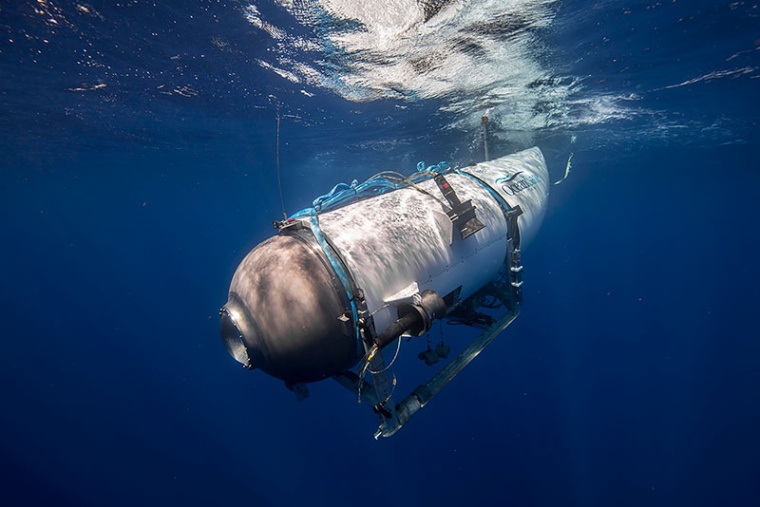The U.S. Coast Guard said Sunday it has launched a marine board of investigation into the Titan submersible implosion.
The Coast Guard declared a major marine casualty after it learned the Titanic-bound submersible had experienced a “catastrophic failure with the loss of the five lives onboard,” and it convened the investigation Friday, the chief investigator, Capt. Jason Neubauer, said at a news conference Sunday afternoon.
The goal is to determine what caused the implosion and the deaths of the five men who were on board. The board can also make recommendations to pursue civil or criminal sanctions to the proper authorities, Neubauer said.
“An MBI is the highest level of investigation the Coast Guard conducts and enables the U.S. to fully leverage investigative resources Coast Guard-wide and capitalize on an extensive network of cooperative relationships with international maritime administrations and organizations,” he said.
The investigation is in its evidence-collection phase, which includes salvaging debris and working with Canadian authorities in the port of St. John’s, Newfoundland.
Once the investigation is completed, the marine board will issue a report to the Coast Guard with its conclusions and recommendations.
The submersible disappeared June 18 on a mission to survey the wreckage of the Titanic, which is 900 nautical miles east of Cape Cod, Massachusetts.

On board were Hamish Harding, a British tycoon who lived in the United Arab Emirates; Shahzada Dawood and his son Suleman, the scions of a Pakistani business dynasty; the French mariner and Titanic expert Paul Henry “P.H.” Nargeolet, who has been nicknamed “Mr. Titanic”; and Stockton Rush, the CEO of the submersible’s operator, OceanGate Expeditions.
A frantic search that garnered international attention was launched in the North Atlantic.
Rear Adm. John Mauger, the commander of the Coast Guard district leading the search, said the search-and-rescue effort ended after debris was discovered Thursday near the Titanic.
“This case has been extremely complex, involving a coordinated international, interagency and private-sector response in an unforgiving and difficult to access region of the ocean,” Mauger said at Sunday’s news conference.
The Coast Guard said Thursday that a “debris field” had been found in the search area, adding later that the debris found on the ocean floor was “consistent with a catastrophic implosion of the vessel.”
The deep-sea water pressure that appears to have crushed the 22-foot craft would have been roughly equivalent in weight to the 10,000-ton, wrought-iron Eiffel Tower, experts said.
The colossal forces would have acted so quickly that it would be like the vehicle’s carbon-fiber hull’s “suddenly vanishing” before anyone inside knew what was happening, an expert said.
“They would have known nothing — the minute this body of water hit them, they would have been dead,” said Paul White, a professor at England’s University of Southampton who specializes in underwater acoustics and forces.






